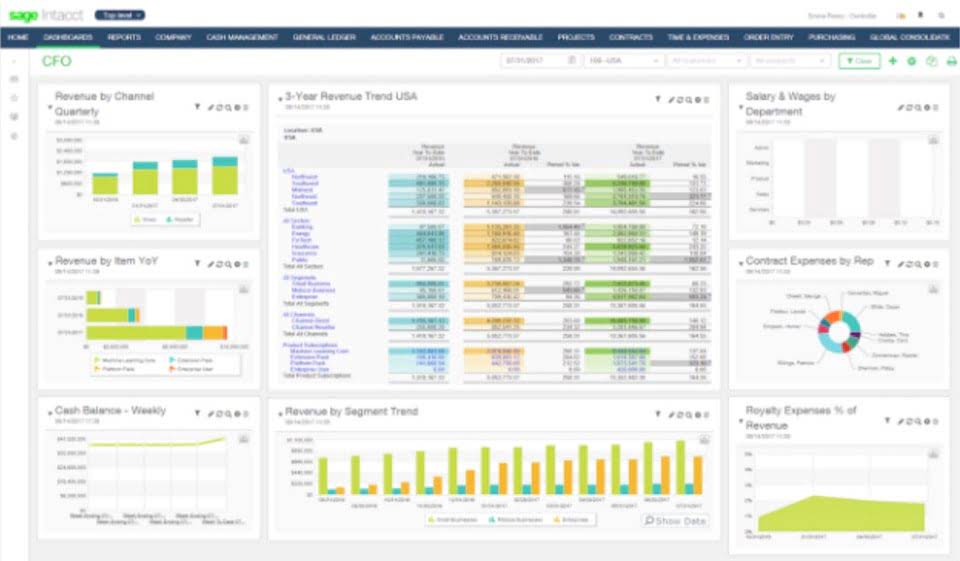
We record Bad Debt Expense for the amount we determine will not be paid. This method violates the GAAP matching principle of revenues and expenses recorded in the same period. We already know this is a bad debt entry because we are asked to record bad debt. We are also told that the company is estimating bad debt, so this is clearly not a company that uses direct write-off. Therefore, we will be using Allowance for Doubtful Accounts and Bad Debt Expense. If the customer’s balance is written off as uncollectible, there is nothing Bookstime to apply the payment against.
Direct write-off method:
- When a bad debt is written off, the immediate effect is a reduction in accounts receivable, which can lower the total assets on the balance sheet.
- When I request that we write them off as bad debt, the president of the company keeps telling me he wants to leave them on there longer.
- The write off amount is debited as the expense in the period approved to write off in the income statement.
- The direct write-off technique is the most straightforward way to book and record a loss on uncollectible receivables, although it violates accounting standards.
- When an account is deemed to be uncollectible, the business must remove the receivable from the books and record an expense.
- For instance, a company experiencing a year with a substantial write-off may report lower profitability compared to a year with minimal write-offs.
Directly writing off bad debt is only done when you are confident that the direct write-off method invoice is uncollectible. The direct write-off approach is simpler for organisations with less accounting knowledge because it simply requires a single journal entry. However, it distorts revenue and outstanding amounts for the invoice’s accounting period, as well as bad debts. The direct write-off method is easy to operate as it only requires that specific debts are written off with a simple journal as and when they are identified.

The Company
You can deduct bad debts from your total taxable income when filing a company tax return. For IRS tax returns, the direct write-off approach is required, as the allowance method is insufficiently precise. The allowance approach, similar to putting money in a reserve account, anticipates uncollectible accounts. The allowance method is the standard technique for recording uncollectible accounts for financial accounting objectives and represents the accrual foundation of accounting. This also results in an understated profit for the year since this bad debt expense relates to sales made in a preceding year and the matching principle of accounting is being violated. It would still be better if the bad debt expenses are booked asper the allowance method but wouldn’t really affect the reliability offinancial statements since the amount is immaterial.
Accounts Receivable Ratios
In the last 10 years, she has worked with clients all over the country and now sees her diagnosis as an opportunity that opened doors to a fulfilling life. Kristin is also the creator of Accounting In Focus, a website for students taking accounting courses. Since 2014, she has helped over one million students succeed in their accounting classes. The direct write off method is also known as the direct charge-off method.

He owed you an amount of $400 against purchases he made in 2017 thathe can’t pay anymore since his bank loans exceeded his net assets. Any probable outflow of money or loss should be booked as an expense immediately. GoCardless helps you automate payment collection, cutting down on the amount of admin your team needs to deal with when chasing invoices. Find out how GoCardless can help you with ad hoc payments or recurring payments. In this article, we are going to talk about the advantages and disadvantages of the direct write-off method in the areas of accounting treatment as well as process management.
Journal Entry
For instance, the matching principle isn’t really followed because the loss from this account is recognized several periods after the income was actually earned. For example, writing off a large and material account immediately might not be proper. Explore the direct write-off method for managing bad debt, its criteria, impact on financial statements, and comparison with the allowance method. As a direct write-off method example, imagine that a business submits an invoice for $500 to a client, but months have gone by and the client still hasn’t paid. At some point, the business might decide that this debt will never be paid, so it would debit the Bad Debts Expense account for $500 and apply this same Accounting Periods and Methods $500 as a credit to Accounts Receivable.

With the allowance method, the business can estimate its bad debt at the end of the financial year. Rather than writing off bad debt as unpaid invoices come in, the amount is tallied up only at the end of the accounting year. However, the direct write-off method must be used for U.S. income tax reporting. Apparently the Internal Revenue Service does not want a company reducing its taxable income by anticipating an estimated amount of bad debts expense (which is what happens when using the allowance method). With the direct write-off method, there is no contra asset account such as Allowance for Doubtful Accounts.
Journal Entries

After attempting to contact the customer for the invoice of $3,000, you have yet to hear back for months. After this time, you deem it uncollectible and record it as a bad debt. In this case, the accounts receivable account is reduced by $3,000 and is recorded as a bad debt expense. Companies with bad debt can write it off on their annual tax returns. This is because although the direct write-off method doesn’t follow the Generally Accepted Accounting Principles (GAAP), the IRS requires companies to use this method for their tax returns.

In other words, it can be said that whenever a receivable is considered to be unrecoverable, this method fully allows them to book those receivables as an expense without using an allowance account. It should also be clarified that this method violates the matching principle. As in, Expenses must be reported in the period in which the company has incurred the revenue. But, under the direct write-off method, the loss may be recorded in a different accounting period than when the original invoice was posted. The amount of the bad debt is accounted for in the time period when it is determined that the amount is uncollectible under the direct write-off method.
